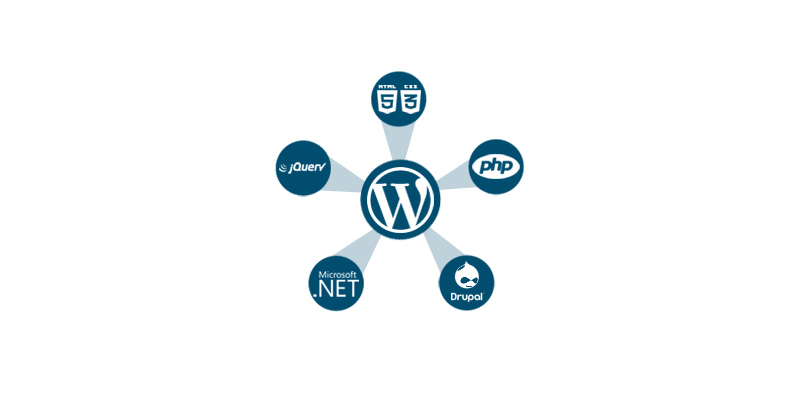-
Last updated on September 11th, 2025 by WPBrigade Staff
How To Integrate A WordPress Blog In Your Existing Website?
WordPress is amazing in its nature. You can convert it into anything and integrate it with any PHP website. You can even set the degree of integration. You may only need a few WordPress features when integrating it with your website. For example, you want to display the recent blog posts on your website’s homepage. […]
-
Last updated on September 11th, 2025 by WPBrigade Staff
How To Add a Custom Field via WordPress plugin?
Sometimes we need to add custom data for our posts and pages other than title and content especially when ones become comfortable with WordPress, there is an urge to do something experimenting for exciting features using WordPress custom field. for Suppose you are using Custom Post Types for your book store and want to save […]
-
Last updated on September 11th, 2025 by WPBrigade Staff
How to make WordPress database secure by changing default WordPress table prefix?
WordPress Database Security is the most important thing. Every single piece of information stored in it, which makes hackers and bots to target for stealing information by applying SQL Injection. WordPress Database uses a default table prefix value “wp_” for all of its database tables. Typically, every website that is running WordPress will have its […]
-
Last updated on September 11th, 2025 by WPBrigade Staff
How To Create Custom Post Types In WordPress Admin?
Now a days, WordPress is not just a blogging platform. From past few years, WordPress has become a robust content management system. By default, WordPress has two main post types: but you can create your own custom content types you want, these custom content types are referred as custom post types. So when the WordPress […]




